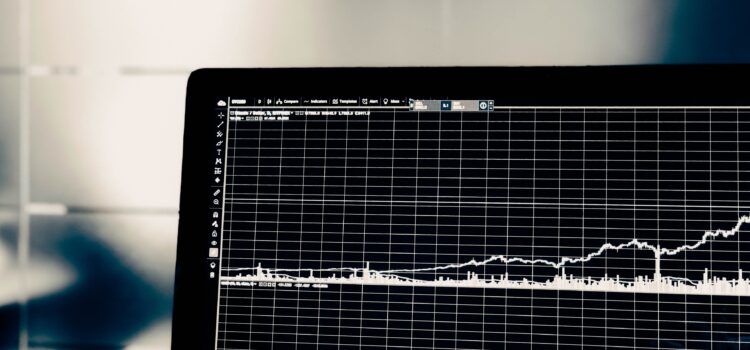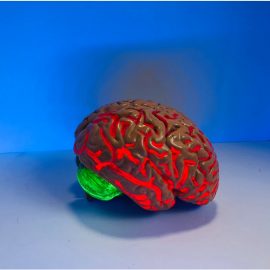
What is Moore’s law? Can we still use Moore’s law today?
Moore’s law states that the number of transistors that can fit on a microchip will double every two years and that the cost of each transistor will decrease. Since it was first predicted in 1965, this has been roughly accurate; however, understanding whether we can use Moore’s law today requires a more thorough look.
Read on to learn more about what Moore’s law is and whether it still makes sense today.
Understanding Moore’s Law in Context
What is Moore’s law? The answer is in the history of electronics. Semiconductor chips—the crucial components in electronics that control the flow of electric current—became the delivery mechanism for the binary code that powers our digital world and an indispensable input in all electronics. This includes everything from personal computers to household appliances to advanced weapons systems.
Thinking about the growth potential of semiconductors fueled the optimism of chip pioneers. In 1965, Gordon Moore (who, along with Noyce, cofounded the computer chip powerhouse Intel in 1968), predicted that the number of transistors that could fit on a microchip would double approximately every two years—while the cost per transistor would decrease.
This principle became known as Moore’s law, and its predictions have largely withstood the test of time for six decades. Miller writes that this had massive implications for the nascent chip industry, as it meant that computers and electronic devices would be able to perform increasingly complex tasks at faster speeds.
The chip industry’s behavior aligned well with what Moore’s law predicted. Chip manufacturers became focused on cramming more components onto semiconductors, thus exponentially increasing processing power.(Shortform note: Although Miller writes that Moore’s law has largely stood the test of time since its promulgation in the mid-1960s, some prominent tech figures have questioned whether it still has predictive power. In 2022, NVIDIA CEO Jensen Huang declared that Moore’s Law was no longer applicable in its traditional sense. According to Huang, the doubling of transistor counts on microchips every two years is no longer the sole metric for measuring progress in the semiconductor industry. Instead, today’s advancements are related to innovations in chip architectures, performance improvements, and specialized processing units.)






